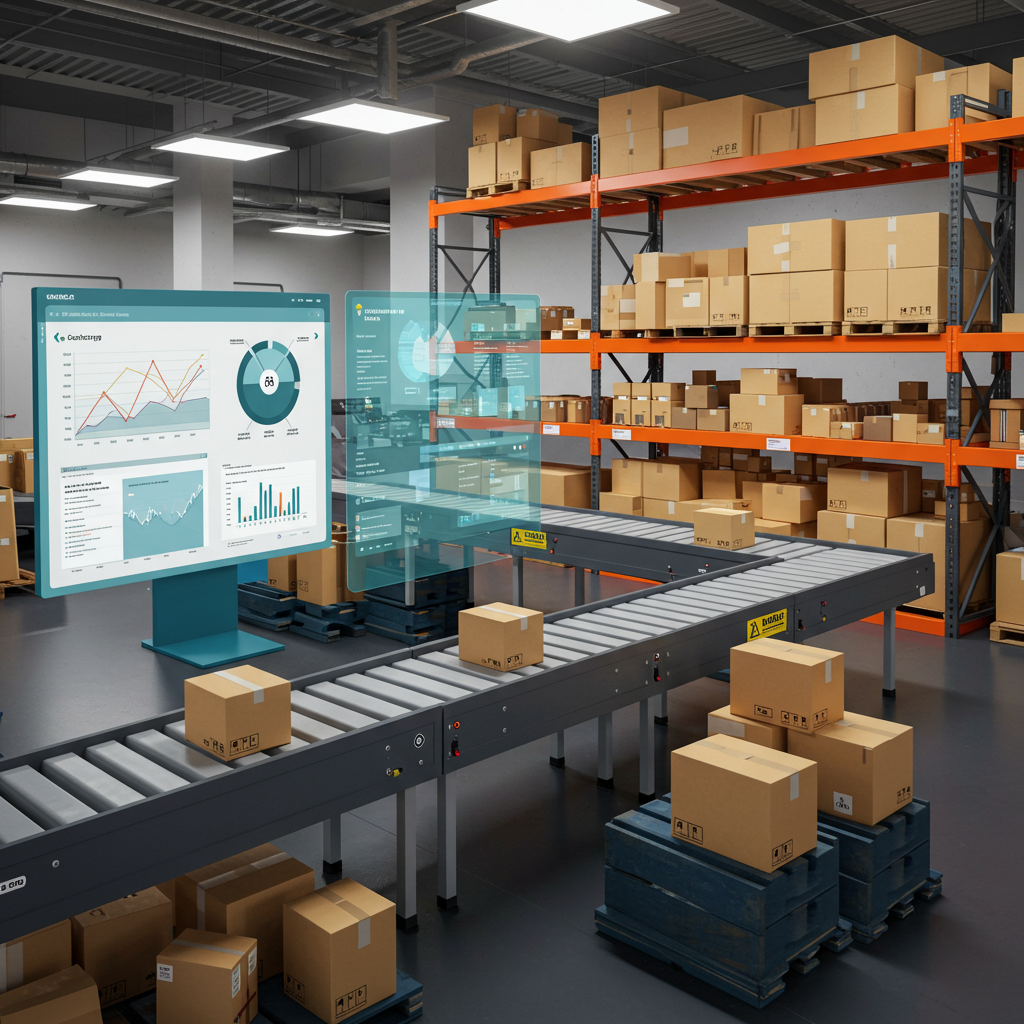Streamline Your Operations, Boost Efficiency, and Scale Your E-commerce Business
As a Shopify merchant, I know firsthand the daily grind of managing orders. From the moment a customer clicks “buy” to the package landing on their doorstep, there’s a complex dance of tasks involved.
Initially, handling a few orders manually might seem manageable. You print labels, pack boxes, and update tracking numbers one by one.
But what happens when your business starts to grow? That handful of orders quickly turns into dozens, then hundreds, and suddenly, fulfillment becomes a massive bottleneck.
This is where automation steps in. It’s not just a buzzword; it’s a strategic necessity for any Shopify store aiming for sustainable growth and efficiency.
Today, I want to walk you through how you can effectively automate your fulfillment processes within Shopify, freeing up your valuable time and resources.
So, why should you even consider automating fulfillment? The benefits are compelling and directly impact your bottom line and customer satisfaction.
Firstly, it’s a massive time-saver. Imagine the hours you spend manually generating shipping labels, updating inventory, or sending tracking emails. Automation eliminates these repetitive tasks.
Secondly, it drastically reduces human error. Typos in addresses, incorrect product counts, or forgotten tracking updates can lead to costly mistakes and unhappy customers. Automated systems are precise.
Thirdly, automation enables scalability. When a flash sale hits or during peak seasons, your automated system can handle the surge in orders without breaking a sweat, unlike a manual process that would quickly become overwhelmed.
Fourth, it significantly improves customer satisfaction. Faster processing times, accurate orders, and timely communication about their purchase journey build trust and encourage repeat business.
Finally, while there might be an initial setup cost, automation often leads to long-term cost efficiencies by reducing labor needs and minimizing errors that require costly rectifications.
Now, let’s dive into the specific areas where you can implement automation within your Shopify fulfillment workflow.
Order processing is a prime candidate. You can automate tagging orders based on specific criteria, like product type, shipping method, or customer segment.
For instance, an order containing a “fragile” item could automatically be tagged, alerting your packing team to handle it with extra care. Or, orders from a specific region could be routed to a particular warehouse.
Inventory management is another critical area. Automation can sync inventory levels across multiple sales channels, preventing overselling and stockouts.
You can also set up automated alerts for low stock levels, prompting you to reorder before you run out of popular items. This proactive approach keeps your shelves stocked.
Shipping automation is perhaps the most impactful. This includes automatically generating shipping labels with preferred carriers, calculating shipping costs, and even selecting the most cost-effective shipping method based on order weight and destination.
Once an order ships, automated systems can instantly send tracking information to your customers, reducing “where is my order?” inquiries and enhancing transparency.
Customer communication extends beyond shipping updates. You can automate order confirmations, delivery notifications, and even post-purchase follow-ups like review requests.
Even aspects of returns management can be automated, such as sending automated return instructions or generating return labels once a return request is approved.
So, how do you achieve this automation? Shopify itself offers powerful built-in tools, and there’s a vast ecosystem of third-party apps.
Shopify Flow is your native automation powerhouse. It allows you to create custom workflows using triggers, conditions, and actions.
For example, a trigger could be “Order Paid,” a condition “Order total is over $100,” and the action “Add customer to VIP segment” and “Send a personalized thank you email.”
You can use Flow to automate tagging, send internal notifications, update customer profiles, and even integrate with some third-party apps. It’s incredibly flexible.
Beyond Shopify Flow, a plethora of third-party apps specialize in various aspects of fulfillment. Shipping apps like ShipStation or ShippingEasy integrate directly with Shopify to streamline label creation and carrier management.
Inventory management apps, often part of broader ERP (Enterprise Resource Planning) systems, can provide advanced features for forecasting, multi-location inventory, and supplier management.
For many merchants, especially those scaling rapidly, partnering with a 3PL (Third-Party Logistics) provider is the ultimate automation solution.
A 3PL handles everything from warehousing and inventory storage to picking, packing, and shipping. Your Shopify orders are automatically sent to their system, and they take care of the rest.
This hands-off approach allows you to focus on product development, marketing, and customer service, knowing your fulfillment is in expert hands.
Implementing automation requires a thoughtful approach. Start by mapping out your current manual fulfillment process. Identify the repetitive tasks and common bottlenecks.
Then, research the tools that best fit your needs and budget. Don’t try to automate everything at once. Start with one or two key areas where you see the biggest time savings or error reduction.
Test your automated workflows thoroughly before rolling them out fully. A small mistake in an automation rule can have widespread consequences.
Regularly review your automated processes. As your business evolves, your automation needs might change. What worked perfectly last year might need tweaking today.
Remember, automation is meant to support your business, not replace human oversight entirely. Always have a manual override or a human checkpoint for critical processes.
What do you think about the potential of automating your Shopify fulfillment? I’d love to hear your thoughts and any challenges you’ve faced!
In conclusion, automating fulfillment in Shopify isn’t just about convenience; it’s about building a resilient, scalable, and customer-centric business.
By leveraging Shopify Flow, integrating powerful third-party apps, or partnering with a 3PL, you can transform your fulfillment operations from a chore into a competitive advantage.
Embrace automation, and watch your Shopify store thrive with newfound efficiency and customer satisfaction.






